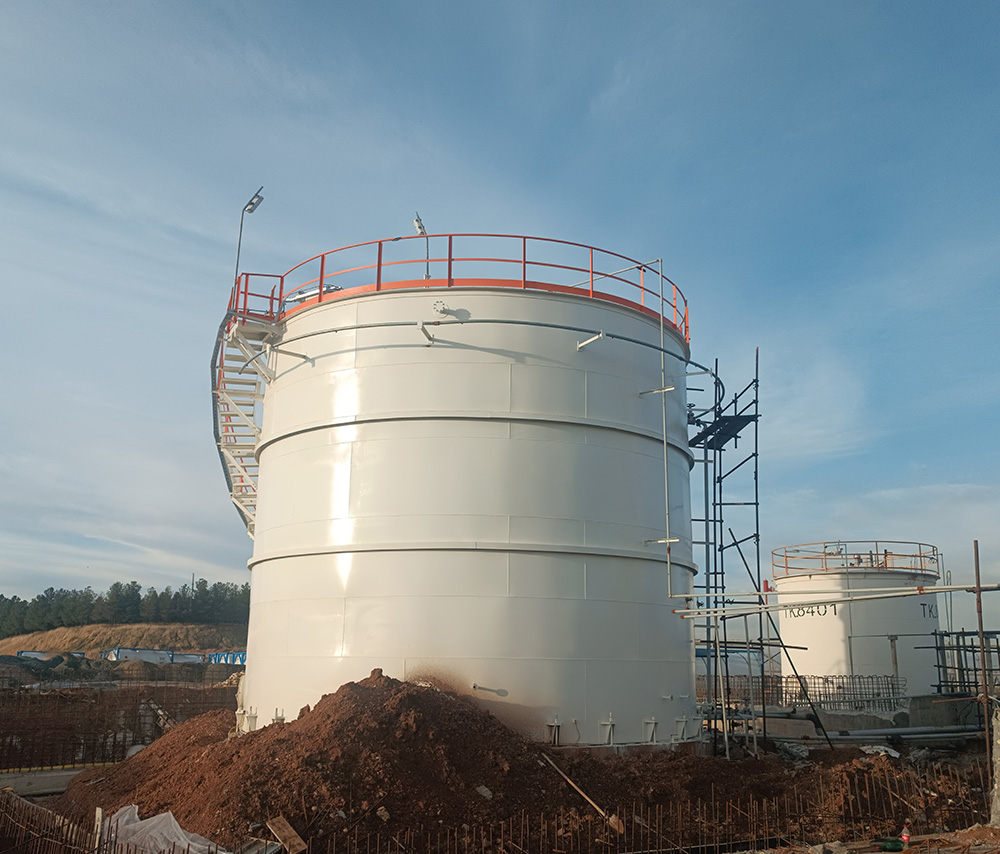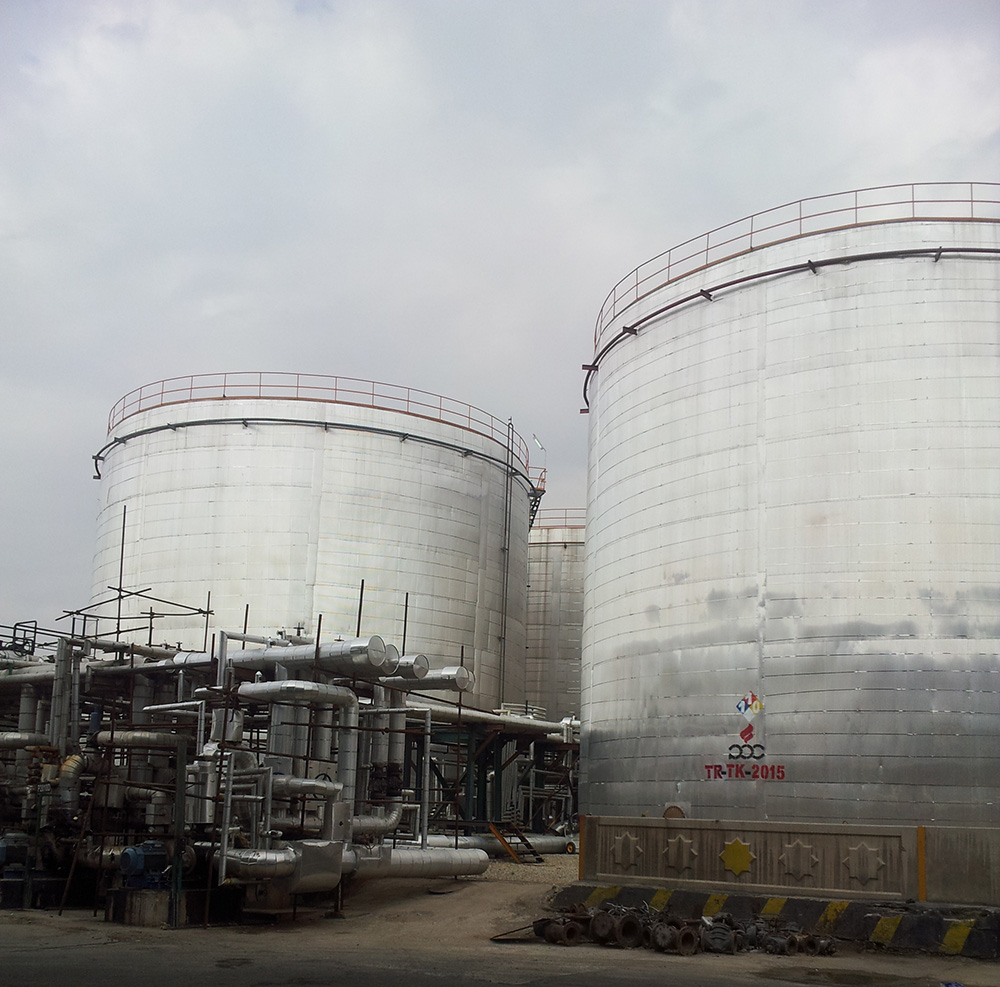Fixed roof tanks are a key component in the oil and gas industry used for storing various liquids, such as crude oil, intermediate products, and finished products. Due to their simplicity, reliability, and low cost, fixed roof tanks are a popular option for storage in the oil and gas sector. These tanks have a roof that is permanently attached to the tank body and protects against pressure and temperature changes inside the tank.

Fixed roof tanks are essential components in the oil and gas industry due to their simple and efficient design. These tanks are generally divided into two main categories: cone roof tanks and dome roof tanks. Each type has its own features and applications, which will be discussed in detail below.
Cone roof tanks, one of the most common types of fixed roof tanks, feature a gently sloped roof designed in a conical shape.
Features and Advantages:
Applications:
Dome roof tanks are another type of fixed roof tank with a hemispherical or dome-shaped roof.
Features and Advantages:
Applications:
Internal floating roof tanks (IFRTs) combine features of both fixed and floating roof tanks. These tanks have an external fixed roof and an internal floating roof that rests on the liquid surface.
Features and Advantages:
Applications:

The materials used for constructing fixed roof tanks must possess specific properties to withstand harsh environmental and chemical conditions. Common materials include:
As previously mentioned, fixed roof tanks in the oil and gas industry are used to store a variety of liquids. Due to their simple and effective design, these tanks are ideal for storing non-volatile and low-volatile liquids that require protection from evaporation and weather changes. Examples of stored liquids include:
One of the primary liquids stored in fixed roof tanks. Crude oil is a raw material for many petroleum products and requires safe and reliable storage. Fixed roof tanks help preserve its quality by protecting it from evaporation and contamination.
Stored for various purposes in the oil and gas industry, including cooling, production processes, and fire suppression. Fixed roof tanks help maintain water quality and prevent contamination.
Refined petroleum products such as gasoline, diesel, kerosene, and jet fuel are also widely stored in fixed roof tanks. These products require specific storage conditions to prevent evaporation and quality changes. Examples:
A range of chemicals used across industries are stored in fixed roof tanks. Examples include:
Fixed roof tanks are also used for storing other types of liquids, including:
Fixed roof tanks, with their simple and effective design, are a suitable option for storing a wide range of liquids in the oil and gas industry and other sectors. They help maintain the quality and safety of stored liquids by protecting them from evaporation, contamination, and weather changes.
Proper maintenance of fixed roof tanks is essential to ensure their longevity and optimal performance. Maintenance includes the following steps:
The performance of fixed roof tanks relies on their simple yet effective design. These tanks are used for storing non-volatile and low-volatile liquids. Fixed roof tanks are suitable for storing liquids such as crude oil, water, chemicals, and refined products. The fixed roof helps reduce evaporation and prevent air contamination.
The fixed roof also makes the tank resistant to pressure and temperature changes, aiding in the preservation of the stored product’s quality and reducing maintenance needs. Due to their robust and stable design, fixed roof tanks offer enhanced safety and better resistance to events such as earthquakes and storms.
The dimensions of fixed roof tanks are determined based on storage needs and available space. These tanks are designed and constructed in various sizes to accommodate different volumes of liquids. Some common dimensions include:
Fixed roof tanks are one of the essential and vital components in the oil and gas industry. Using resistant materials and proper maintenance, these tanks can store liquids effectively and safely for years. You can contact Petro Structure company experts for more information about fixed roof tanks.
References